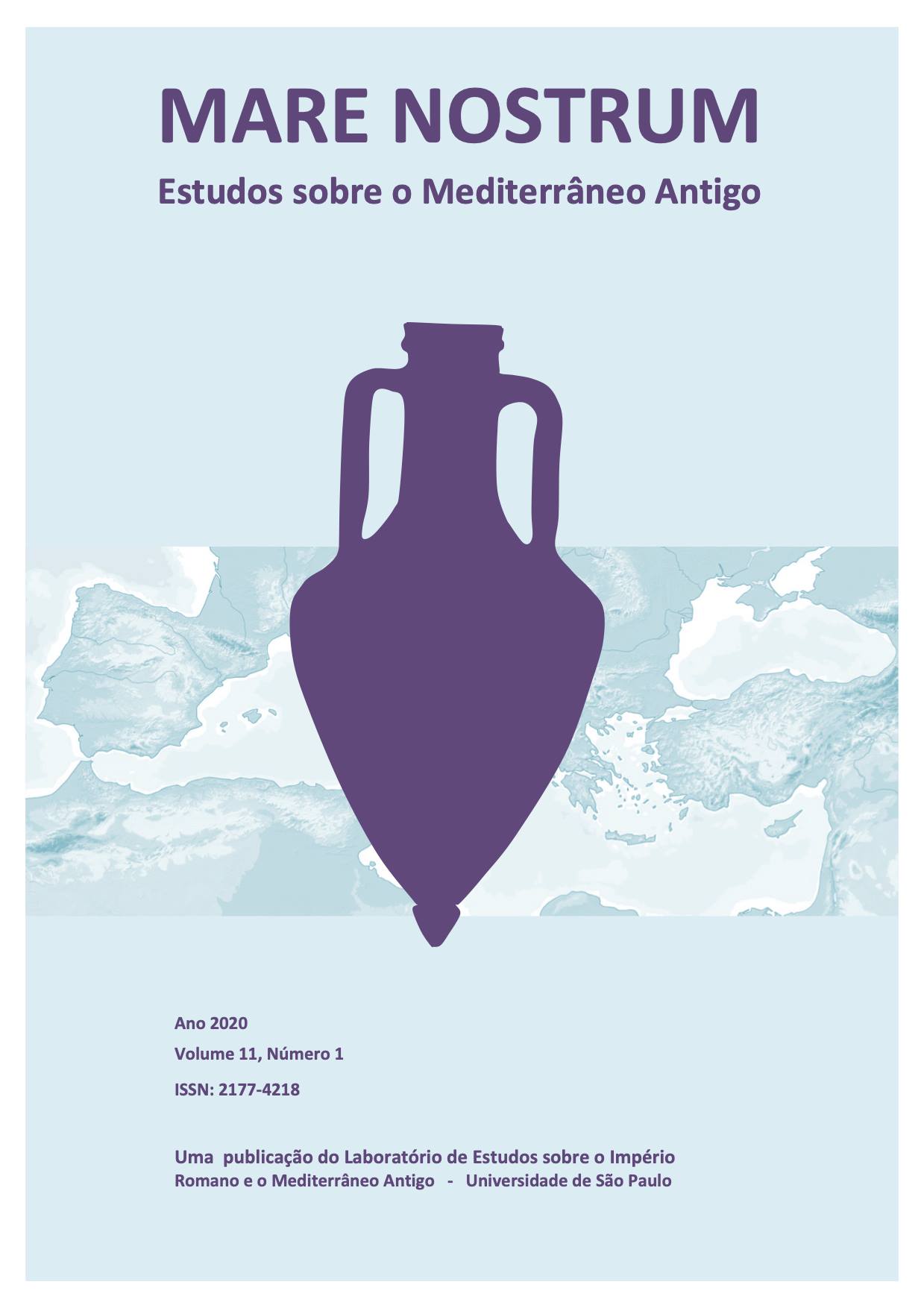Performance of Assyrian women in the inter-regional trade networks of the 2nd millennium BCE: Possibilities of gender approaches in the studies of Ancient Mesopotamia
DOI:
https://doi.org/10.11606/issn.2177-4218.v11i1p105-130Keywords:
Mesopotamia, Old Assyrian Period, Gender RegimesAbstract
The theoretical perspective of gender has recently been incorporated into assyriological studies, and the results of its use have outlined new approaches to the understanding of the societies of the Ancient Near Eastern. At the beginning of the second millennium BCE, the city of Aššur stands out in this scenario for its central role in an important long-distance commercial network. The Assyrians, organized into Family enterprises, traded textile and tin in exchange for gold and silver. The letters exchanged between the merchants highlighted the active participation of women in Family enterprises. Most of those letters, whose main destination was Anatolia and their families which remained in Aššur, were sent of received by women. Therefore, this correspondence is an important documental source for the study of women in the Mesopotamian context. From the perspective of gender regimes, we intend to present some aspects of Assyrian women’s performance in the context of interregional commerce of the beginning of the second millennium BCE to understand some of the dimensions of their social roles.
Downloads
References
Heródoto. (1988). Histórias. (M.G.Kury, trad., introd. e notas) (2ªed). Editora Universidade de Brasília.
Heródoto. (2015). Histórias. (M.A.O.Silva, trad., introd. e notas). EDIPRO.
Heródoto.(1920). In Godley,A.D. (trad.) Herodotus: The Histories. Harvard University Press
Amaral, A.L. (1994). Duas Rainhas em Heródoto: Tómiris e Artemísia. Humanitas, v.46.
Andrade, M.M. (2001).“A cidade das mulheres”: cidadania e alteridade feminina na Atenas Clássica.LHIA.
Andrade, M.M. (2003). Atenas uma cidade para as mulheres. LHIA.
Aniceto, B. A. (2017). As relações de gênero em Aristófanes: um estudo das esposas legítimas na sociedade ateniense (Sécs. V-IV aC). [Dissertação de Mestrado, UNESP].
Block, J. (2002). Women in Herodotus Histories. In Egbert, J.,Bakker, I.J. F. J.,&Hans van Wees B,l (eds). Companion to Herodotus(225–242).Brill.
Carrilho, S. M. M. (2013). Representações do Feminino nas histórias de Heródoto. [Dissertação de Mestrado,Universidade de Coimbra].
Dewald, C. (1981). Women and culture in Herodotus' Histories.Women's Studies: An Interdisciplinary Journal8(1–2),93–127.
Dominick, Y. H. (Dec., 2007). Atossaand Instability in Herodotus. The Classical Quarterly, New Series, 57(2), 432–444.
Goodwater, L. (1975). Women in antiquity: an annotated bibliography. Scarecrow Press.
Isabela Torres. Representação e poder.
Flower, M.(2008). The seer in ancient Greece. University of California Press.
Hartog, F. (2014). O espelho de Heródoto: ensaio sobre a representação do outro. Editora UFMG.
Junqueira, N. J. (2011). Imagens da Mulher Grega: Heródoto e as pinturas em contrate. [Tese de doutorado, Universidade Estadual Paulista].
Kuhrt, A. (2001). Women and War. Journal of Gender Studies in Antiquity, 2, 1–27.
Loraux, N. (1997). The experiences of Tiresias –The feminine and the greek man. Princeton University Press.
Downloads
Published
Issue
Section
License
Copyright (c) 2020 Anita Fattori

This work is licensed under a Creative Commons Attribution 4.0 International License.
Responsibility for the content published by Mare Nostrum rests exclusively with the author(s) of such content.
The reproduction of the texts published by Mare Nostrum is licensed according to Creative Commons license Attribution-NonCommercial 4.0 International (CC BY-NC).
Authors who publish with this journal agree to the following terms:
- Authors retain copyright and grant the journal right of first publication with the work simultaneously licensed under a Creative Commons Attribution License that allows others to share the work with an acknowledgement of the work's authorship and initial publication in this journal.
- Authors are able to enter into separate, additional contractual arrangements for the non-exclusive distribution of the journal's published version of the work (e.g., post it to an institutional repository or publish it in a book), with an acknowledgement of its initial publication in this journal.
- Authors are permitted and encouraged to post their work online (e.g., in institutional repositories or on their website) prior to and during the submission process, as it can lead to productive exchanges, as well as earlier and greater citation of published work (See The Effect of Open Access).
How to Cite
Funding data
-
Fundação de Amparo à Pesquisa do Estado de São Paulo
Grant numbers Bolsista FAPESP processo número 2019/12945-6.









